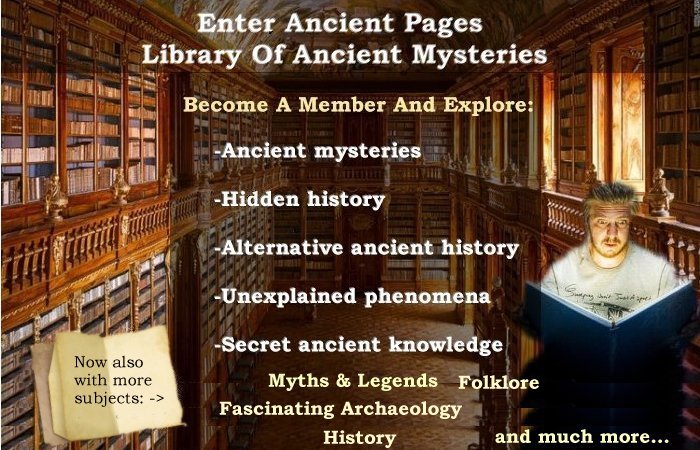Ellen Lloyd - AncientPages.com - The best and most straightforward way to explain Utiseta is to say it's the Norse version of the Native American vision quest.
Like Native Americans, Norse shamans believed it was possible to open the door to the spiritual world, and by doing so, we can find the true purpose of life. Utiseta served as a method that offered guidance to those who needed to discover the path in life.
In Northern Europe, Utiseta was an ancient meditation technique practiced by Norse shamans. Before the arrival of Christianity, shamans played a significant role in Norse society. Shamans were respected and famous for their unusual powers because they mastered seidr and possessed the ability to alter destiny.
This is a preview of our premium article available only to members of Ancient Pages.
Become a member to read more - Click here
If you are already a member and have logged in to your account, you can access the article here
See also:
Native American Tradition Of A Vision Quest – How To Enter The Spiritual World
Tane: Lord Of The Forest Who Brought Three Baskets Of Knowledge To People In Maori Mythology
Explore also: Ancient Pages Library Of Ancient And Unexplained Mysteries








